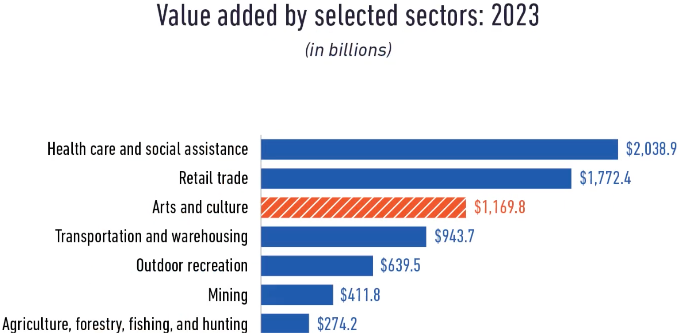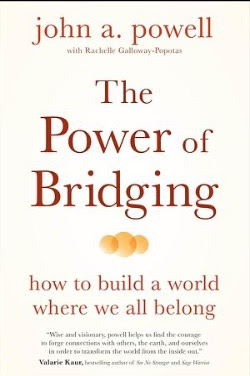April 18, 2025
Culture
From 2019 to 2023, all 50 states experienced growth in the economic value added by the arts.

Arts and culture add more value to the economy than sectors such as transportation and warehousing, outdoor recreation, mining, and agriculture. Health care and retail trade remain top contributors, but arts and culture are significant in comparison.
In this video, Sunil Iyengar, Director of Research and Analysis at the National Endowment for the Arts (NEA), shares highlights from the latest NEA and Bureau of Economic Analysis (BEA) report on the economic value of the arts in the United States.
The agencies measured the dollar contribution of 35 industries across both commercial and nonprofit sectors—ranging from the expected (like performing arts organizations and musical instrument manufacturing) to the more surprising (such as creative advertising and arts-related construction).
The numbers tell a promising story. In 2023, the arts sector grew at twice the rate of the overall U.S. economy. It also generated a $37 billion trade surplus, exporting significantly more in arts and cultural goods than it imported.
The sector employs 5.4 million paid workers, generating $554 billion in wages. That number doesn’t even include self-employed solo artists—though their creative output is reflected in the total economic value. Major employers span public and private sectors, including government services, arts retail, broadcasting, film and video, and digital streaming platforms.
Mmm. The arts and culture sector doesn’t just fuel national and state economies—it also plays a vital role in the strength and vibrancy of our local communities.
VIDEO: Measure for Measure: Anatomy of a Rebound in the Arts Economy
Economic Value




